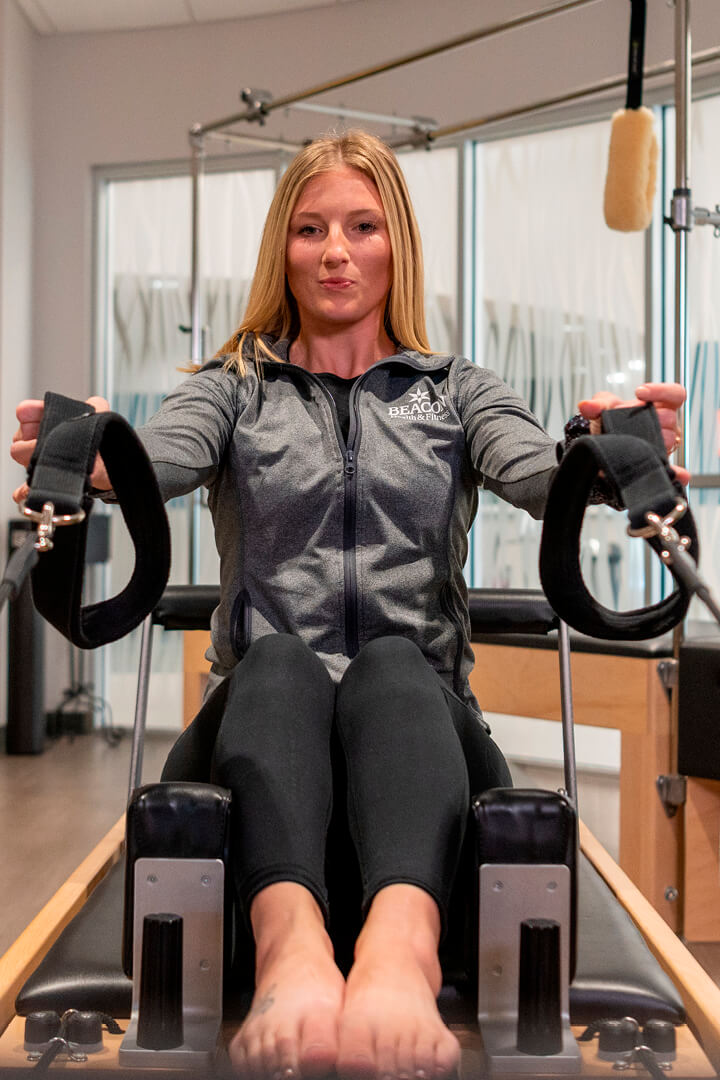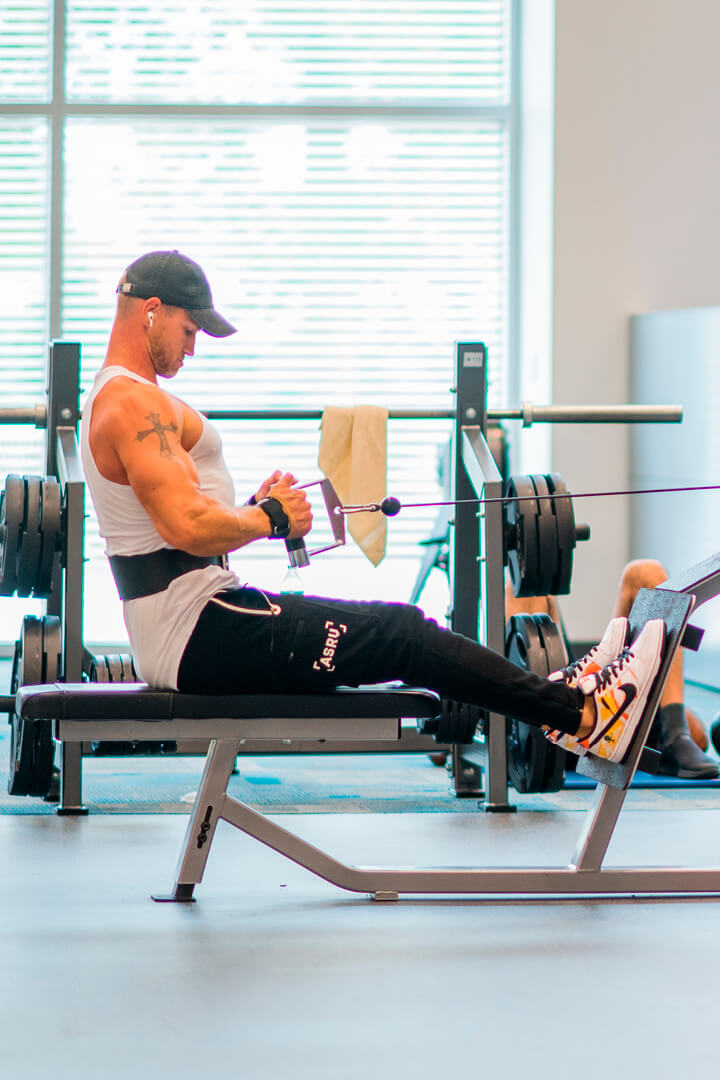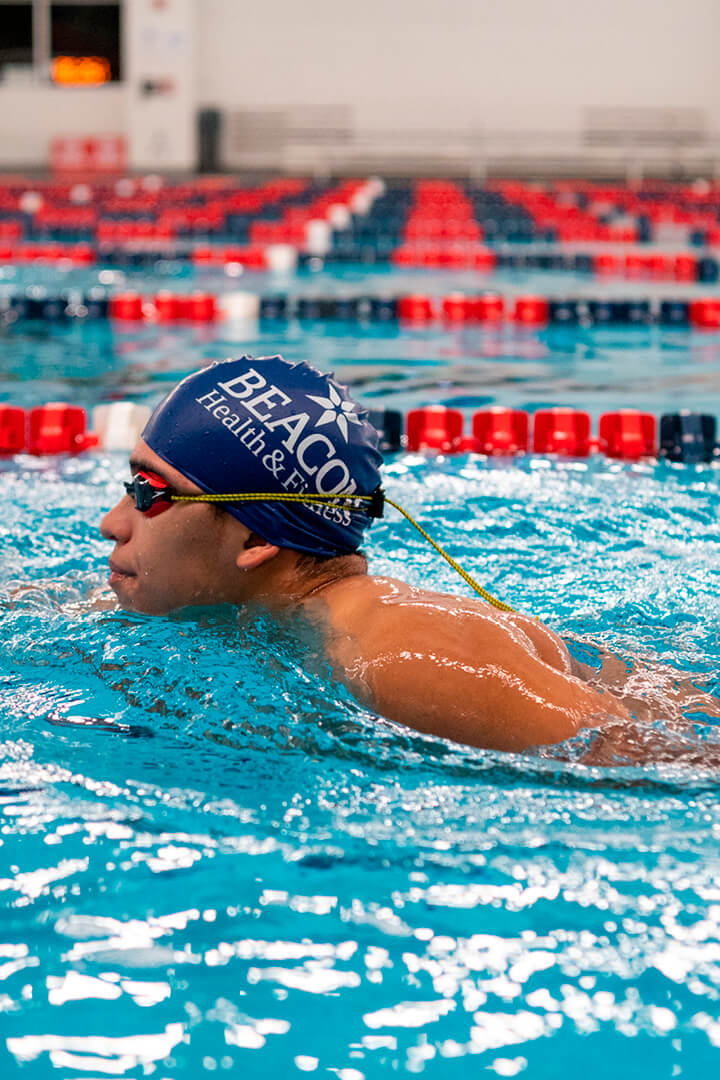Have you ever experienced a sensation of pain and/or stiffness following an unaccustomed exercise or new workout routine twenty four to forty eight hours later? If your answer to this question is yes, know that you are experiencing delayed-onset muscular soreness (DOMS) and you are not alone. DOMS is a familiar experience for the elite or novice individual with an active lifestyle.
Despite DOMS being a common everyday occurrence for any individual with an active lifestyle, it is surprising that there are not clear cut answers to what causes DOMS, how DOMS impact performance or what is the best treatment for DOMS. Researchers once believed that DOMS was caused by micro trauma of the muscle from an eccentric muscle contraction. The latest theory is that muscle fascia may be the leading cause of DOMS. Regardless of which mechanism causes DOMS, researchers and fitness professionals can agree that DOMS does effect an individual’s performance. The question that remains unanswered is, why is some performance effected more than others? The treatment of DOMS is in a league of its own. Since it’s difficult to nail down what causes DOMS, knowing the exact treatment is even more challenging.
In spite the uncertainties of DOMS here are a few tips an individual can use to help with sore stiff muscles after being introduced to a new exercise or workout regimen.
- Do not be discouraged by DOMS! This means, do not just stop moving! An activity recovery with light and gentle movements will help with the soreness.
- Do not reach for the Tylenol or Ibuprofen first.
- Stay properly hydrated before, during and after your activity.
- Increase blood circulation to those sore muscles to aid in their repair.
- Use various foam roller techniques or get a massage to help with relaxing the muscle fascia and muscle itself.
By Louise T. Shines MAT, ATC, LAT





